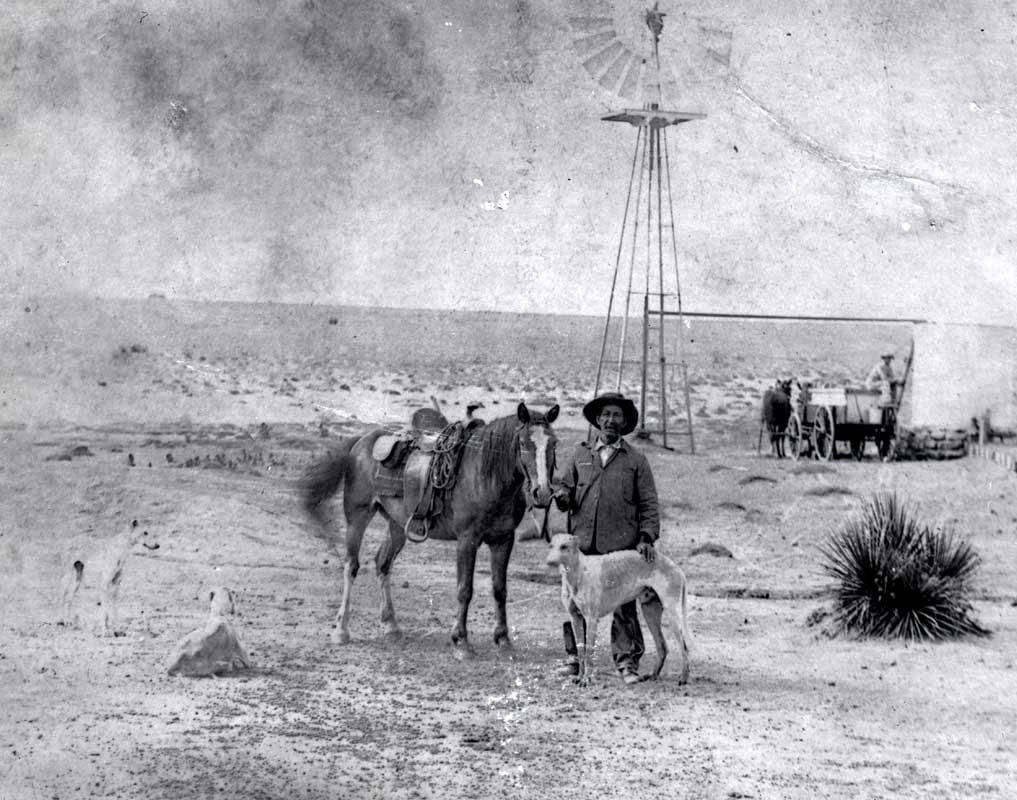Over the years, Park City has had many people of Spanish descent make their home here – perhaps most notably the Zabarte/Martinez family. Vincent Zabarte, a Spanish immigrant, for example, was hailed by the Park Record as “a well-known and highly-respected citizen” and “a well-known miner.” Similar accolades have been placed on many in the Martinez family – the late Richard Martinez, for example, self-named the “Ol’ Miner,” received a substantive obituary after his death in 2017. He even has a statue welcoming hikers and bikers to the Treasure Hill trailhead.
Keep in mind that people of direct Spanish descent are generally considered to be white and European. Spanish immigrants and descendants have received regular coverage in the Park Record throughout its lifespan. But Spain isn’t the only country where Spanish is the main language (thanks to Spain’s colonization and genocidal efforts from 1492 to 1898). That’s what Hispanic means – Spanish speaking. But peoples from those other places did not receive the same coverage from the Park Record – if any.
The most prominent group of people from Park City’s current Hispanic population are Mexicans. Nearly one-quarter of Parkites are Hispanic, with the majority of that group hailing from Mexico or being of Mexican descent. And Mexicans are not new to Park City in the last thirty years, though that is when their population has grown the most. The earliest article referencing Mexican miners in Park City is from 1882 and discusses one of their superstitions when underground. But despite being in town for well over 140 years, Mexican Parkites rarely saw a mention in the Park Record through the 1960s.
Like other non-white ethnic or racial groups, such as Chinese and Black Parkites, Mexicans received little coverage – and the coverage they did get usually involved crime or fetishization. One major continuing story was that of Park City mining man Joe T. Kescel. He had moved from Park City to Mexico to continue his mining exploits and was shot and injured by one of his employees – a Mexican citizen – in 1912. Each time Kescel’s story was brought up over the years in the Park Record, the Mexican “assailant” was described in a new way. First, it was “treacherous.” Then “drunken;” then “cowardly;” and so on and so forth.

Credit: Park City Historical Society & Museum, Kendall Webb Collection
The first substantive article covering a Mexican Parkite was in 1926. Two articles covered a murder that a Mexican boy or young man (likely approximately 18-21) committed at the Daly Judge Mine. The Park Record apparently could not bother to get the boy’s name correct. He was named as both “A. Pamtoja” and “Jose Abran Pantja.” There was a Jose Abraham Pantoja in Salt Lake in 1942, who was drafted into WWII and fits the approximate age, but the Jose in Park City would likely have been jailed for life.
Aside from the name confusion, the story also focused on the violence of Jose, despite the other man, Herbert Krouse, having started an argument and then a fight with Jose. The Park Record admitted they didn’t know much about the deceased and spoke little else of him, not fully acknowledging his role in the fatal fight. The paper at least refrained from name-calling Jose in their articles but did note that Herbert Krouse and others had called him “vile names” during the fight.
Not much positive coverage of anything or anyone Mexican really appeared until Mexican restaurants started appearing in town. Apparently, Mexican food became a big hit in the ski resort town, as quite a few popped up in the 70’s and 80’s. The first ones – Utah Coal & Lumber, Durdy Annie’s, Padre’s, and Baja Cantina – all popped up from 1971 to 1983. And all shared two extra similarities outside of the cuisine: they were all owned by white Americans but claimed to be either “traditional” or “authentic.” Durdy Annie’s at least advertised a Mexican chef making the food, but was only open for a few years.
Coverage of Mexicans and other Hispanic people expanded – and was finally sympathetic – in the 1980s, 1990s, and 2000s; Yet, as the Hispanic population has risen, there has not been even coverage for them in any of the town’s media. While mostly positive, articles are often limited to the Latino Arts Festival and scholarship programs for first-generation college students. One-fourth of Parkites are doing far more than those two things.
Happy Hispanic Heritage Month! The Park City Museum’s Hal Compton Research Library has oral histories, photographs, and other collections materials related to Park City’s Hispanic and Latino/a populations. Make an appointment to view them by emailing Dalton at research@parkcityhistory.org. To make a donation of images, letters, records, etc. for Hispanic or Latino/a Parkites, reach out to Courtney Titus at ctitus@parkcityhistory.org.